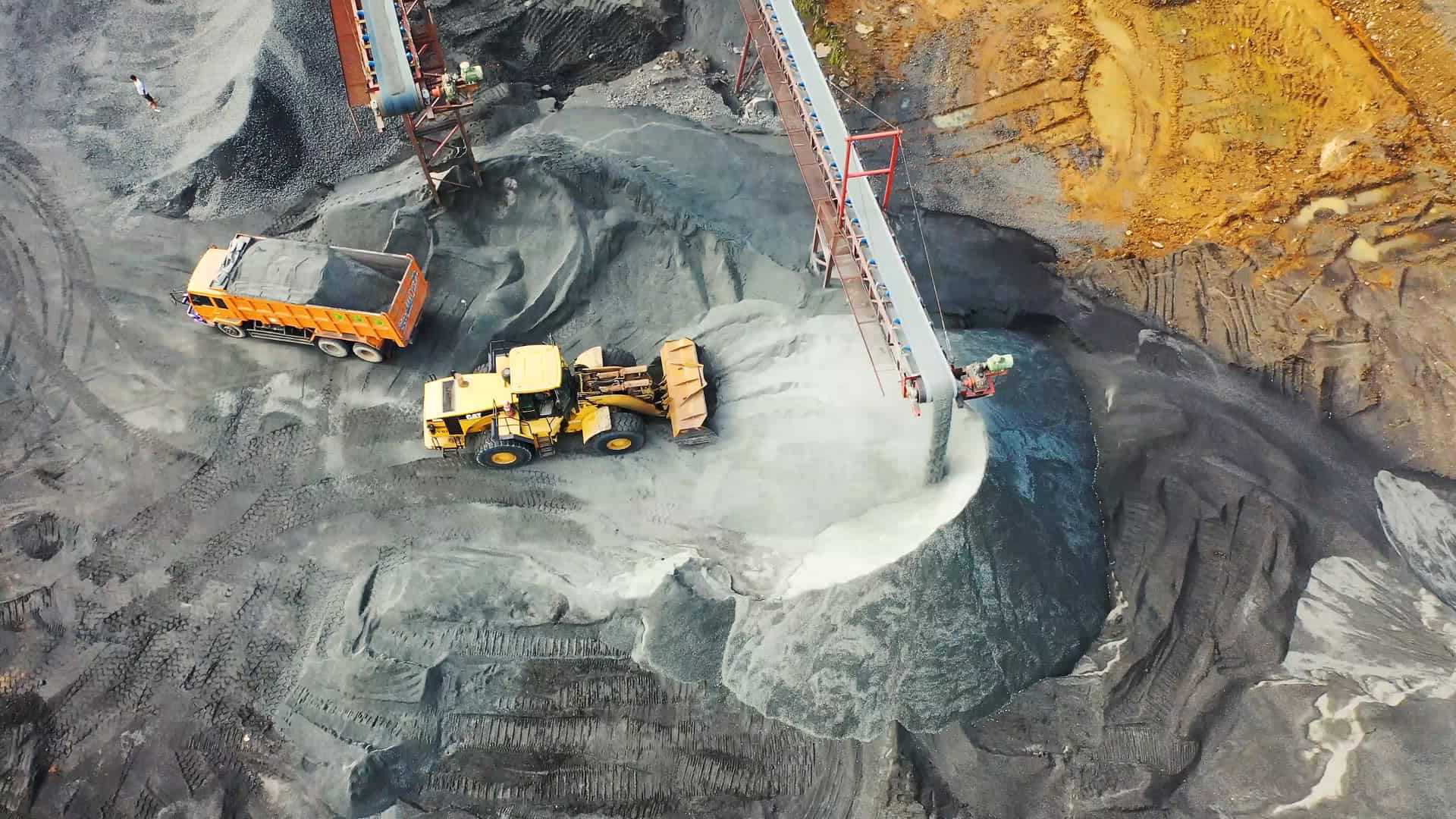When Interstate Telecommunications Cooperative (ITC) set out to expand broadband access beyond their South Dakota roots and into underserved parts of Minnesota, they needed a construction partner who could deliver scale, speed, and precision in tough rural conditions.
That partner was Anderson Underground.
The project, spanning over 400 miles of rural fiber construction across Lincoln County, MN, was one of ITC’s larger infrastructure builds. For Anderson Underground, it was a high-volume, rural-focused deployment that reflected exactly what they do best, turnkey utility construction built on trust, communication, and field-tested expertise.
This case study explored Anderson Underground’s successful partnership with ITC, from early coordination through final punch list, and how the team scaled to meet the demands of a project that would push their operational limits in all the right ways.
CHALLENGES
Though not technically unique by industry standards, the scale of the ITC project presented operational challenges rarely seen in rural fiber deployments. The construction spanned more than 400 miles of county-wide territory, demanding coordination of multiple work zones across varied topography and extended distances. Managing large crews and equipment in a rural setting introduced logistical complexity, especially while staying aligned with tight grant budgets and strict completion deadlines.
In addition to the construction scope, Anderson Underground had to maintain strong relationships with local townships, road authorities, and utility stakeholders to ensure compliance and uninterrupted progress. While permitting was standard, the relational coordination required consistent, thoughtful engagement with local entities.
One recurring challenge came from the nature of rural terrain itself, field tile damage. These agricultural drainage systems, often unlocatable until struck, can be accidentally disrupted during cable plowing. While not a surprise, they remain an ongoing post-construction issue unique to this kind of rural work, requiring Anderson to respond quickly, even years after completion, to ensure the integrity of surrounding land.
Overall, the job demanded not only scale and manpower but also patience, flexibility, and strong client communication at every step.
PROCESS
Anderson Underground joined the ITC project after the design phase, stepping in once grant funding was secured. While they didn’t handle engineering, they were deeply involved in budgeting and early cost alignment, helping the client plan construction around available resources and delivery expectations.
Scope of Services Delivered:
- Material supply and budget support
- Central office to end-user fiber construction
- Rural cable plowing and quad-track plowing
- Underground directional boring (150,000+ ft)
- Utility coordination and permitting compliance
- Final walk-through, punch list, and repair
Rather than reinvent the wheel, Anderson stuck with a proven model, get boots on the ground, deploy rural cable plows and drills strategically, and keep communication flowing at all times.
Transparency and responsiveness played a major role in success. Rather than burying issues in reports, Anderson Underground worked hand-in-hand with ITC, fixing problems as they arose and maintaining open lines throughout the entire build.
“We’re looking out for their interests, we’re in it together and that’s how we like to work.” – Nick Anderson, Anderson Underground
RESULTS
The Lincoln County buildout delivered what both Anderson and ITC set out to achieve:
- 400+ miles of new rural fiber infrastructure completed
- Construction delivered on time and within grant-funded budget
- Strong ongoing relationship with the client
- Unexpected challenges (like field tile disruptions) handled even years later
- A scalable model for future rural broadband deployment
But the biggest outcome wasn’t just the mileage or the completion date, it was the relationship built in the process.
Anderson’s ability to deliver on time, stay flexible, and communicate clearly set the tone for more than just a job well done. It laid the groundwork for the kind of partnership other ISPs, co-ops, and municipalities should be seeking when fiber infrastructure is on the table.



